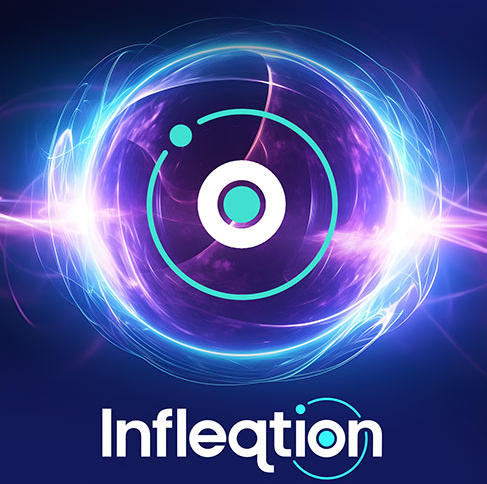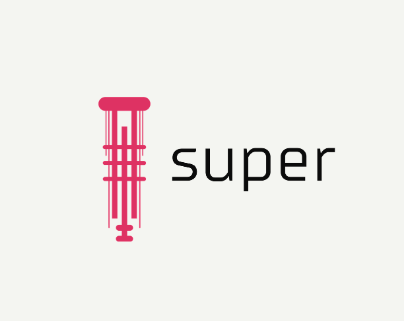Professor Thomas Vidick’s novel research in quantum computing is helping us with our understanding of randomness and its applications in cryptography and secure communication. A researcher at the Weizmann Institute of Science, at the heart of his work lies the exploration of quantum mechanics’ inherent randomness, a feature that sets it apart from classical physics.
“Classical Newtonian mechanics is a completely deterministic theory,” Vidick recently explained at the 2024 Blavatnik Awards Science Symposium. “In principle, if you know the initial conditions, you can predict what is going to happen.” However, quantum mechanics introduces a fundamental shift in this paradigm. “Quantum mechanics is different. It’s inherently random,” Vidick noted, illustrating this concept with the famous Schrödinger’s cat thought experiment.
This quantum randomness, once a point of contention among physicists like Einstein, is now a well-accepted fact and a powerful resource in computation. Vidick stressed its importance: “We as computer scientists are used to thinking of randomness as a resource. It’s a bit like time or space. You also have randomness. Randomness is a critical resource for algorithms. It’s critical for secret communication.”
The practical applications of quantum randomness are already emerging in the form of quantum random number generators. However, Vidick’s research goes beyond mere generation to tackle the critical issue of verification.

“Assuming that you bought this box that generates random numbers, are you going to use the box or not?” said Vidick, posing a crucial question.
To address this challenge, Vidick introduced the concept of entanglement, a quantum phenomenon that allows for the certification of true randomness. He described an experiment involving entangled particles: “I’m going to take these two particles or photons, put them very far apart and put each of them in the box. Each of these boxes represent some physical apparatus that can make observations on the photons.”
Through this experiment, Vidick demonstrated how entanglement can be used to verify the randomness of quantum processes.
“However this experiment is performed, in order to generate bits that satisfy all the constraints that I described to you, you must do it randomly,” he concluded.
This breakthrough in certifying quantum randomness has far-reaching implications. It not only ensures the integrity of quantum-generated random numbers but also paves the way for more complex verification tasks in quantum computing and communication networks.
Vidick’s work represents a significant step towards realizing the full potential of quantum computing. As the field rapidly advances, his research provides crucial tools for verifying and trusting quantum processes, essential for the development of future quantum technologies.
The impact of Vidick’s research extends beyond theoretical physics and computer science. It builds a way for ultra-secure communication systems, unbreakable encryption methods and computational capabilities that far surpass classical computers. As quantum computing continues to evolve, Vidick’s contributions in certifying quantum randomness will undoubtedly play a pivotal role in shaping the future of digital security and computation.
Featured image: Credit: The Israel Academy of Sciences and Humanities

















